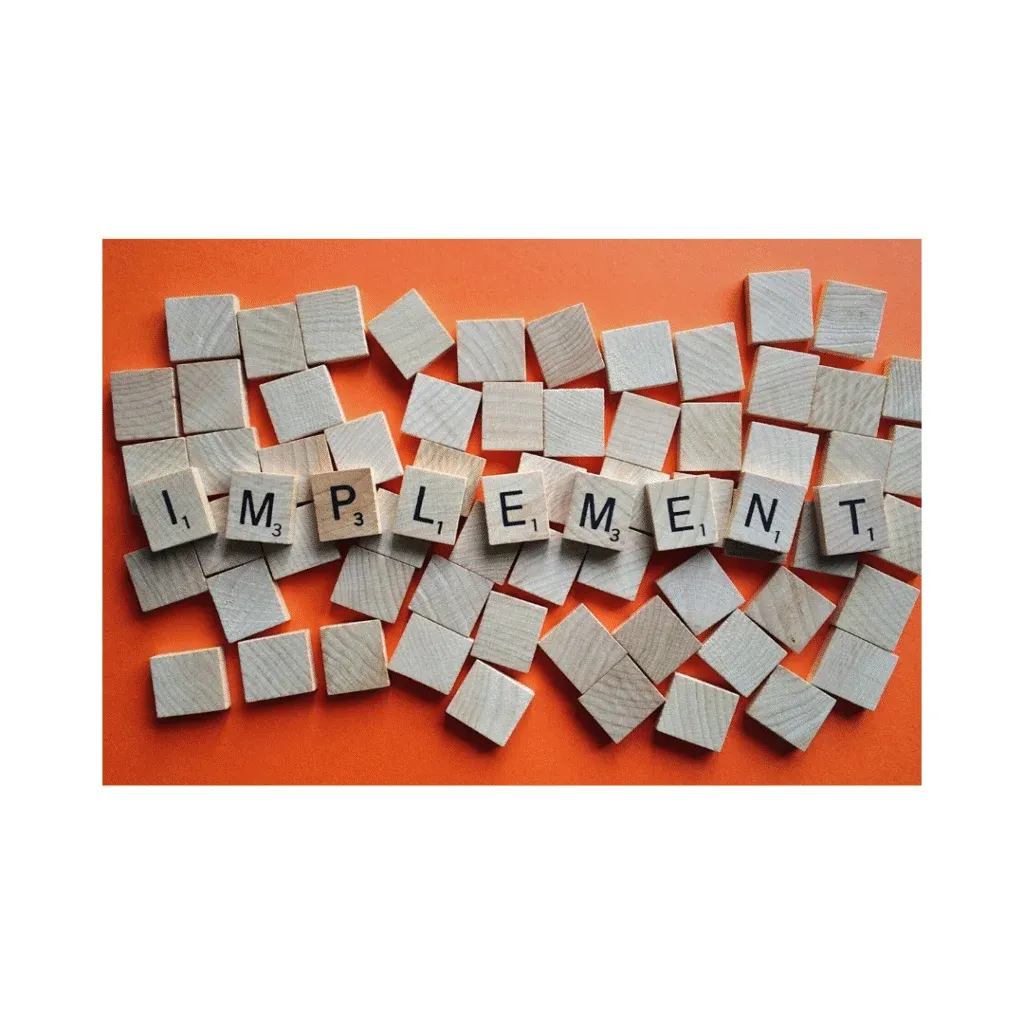NetSuite Enterprise Resource Planning (ERP) is an essential tool that integrates various organizational processes and systems. However, while NetSuite offers robust functionalities, it requires consistent and comprehensive testing to ensure that its customizations and integrations work smoothly.
As businesses depend on their ERP systems for critical operations, even a minor disruption or misconfiguration can cause significant problems, such as data discrepancies or interruptions in workflow. Testing NetSuite’s ERP is not merely an option but a necessity to maintain the system’s optimal performance.
This blog explores the best practices and recommendations for ERP testing to ensure your NetSuite setup is functioning correctly and aligned with business needs. We’ll cover the importance of testing, types of testing, and how automation can improve the testing process.
Why is NetSuite Testing Critical?
NetSuite is highly customizable, allowing organizations to adapt it to their unique processes. While this flexibility is beneficial, it also introduces complexity. Custom fields, workflows, integrations with third-party applications, and specific reporting requirements can lead to issues if not tested properly. When a system like NetSuite is tailored to fit the specific needs of a business, it must go through regular testing to ensure its performance, functionality, and security.
Testing helps businesses identify and address potential issues before they affect daily operations. It ensures the system’s stability, making sure that all modules such as financials, inventory, or customer relationship management (CRM) are working harmoniously. Furthermore, regulatory compliance is often tied to the accuracy and integrity of the data in your ERP, making testing a necessary step to avoid non-compliance issues.
Types of Testing in NetSuite
- Functional Testing: This type of testing checks if every aspect of NetSuite works as expected. It focuses on specific functionalities, such as processing orders, generating reports, or updating records. Functional testing is often divided into unit testing (testing individual parts) and system testing (examining the whole system).
- Integration Testing: NetSuite typically interacts with other applications, such as Customer Relationship Management (CRM) systems, payment gateways, or third-party tools. Integration testing ensures that NetSuite communicates correctly with these external systems, exchanging data and triggering the appropriate actions without errors.
- Regression Testing: When updates or modifications are made in NetSuite, regression testing ensures that the new changes don’t negatively impact the previously working functionality. This is crucial after major upgrades or introducing new customizations.
- User Acceptance Testing (UAT): UAT is conducted to verify that NetSuite meets the user’s requirements. During this stage, end-users interact with the system to ensure that it works according to their needs and expectations. This step is crucial before going to live with the system.
- Performance Testing: This testing evaluates how well NetSuite performs under stress. Performance testing helps identify bottlenecks by measuring response times, transaction processing, and overall system stability under load.
- Security Testing: As NetSuite handles critical business data, security testing ensures that unauthorized access is prevented, and that sensitive data remains protected. This type of testing involves validating encryption, user permissions, and access controls.
Best Practices for NetSuite ERP Testing
- Develop a Comprehensive Test Plan
A well-structured test plan is the cornerstone of effective ERP testing. It should outline the testing objectives, resources required, types of testing to be conducted, and the timeline. The test plan should also include specific success criteria for each test, such as transaction accuracy, system speed, and data consistency.
- Involve Key Stakeholders in Early
It is essential to involve both technical teams and business users in the testing process. Business users can provide insights into the specific needs and processes that the ERP must accommodate. Their involvement ensures that the tests are relevant and cover the necessary functionality. Additionally, having a collaborative approach can help resolve issues faster as technical teams can gain a better understanding of real-world usage scenarios.
- Create Detailed Test Cases
Test cases define the specific conditions under which the system will be tested. Each test case should specify the inputs, actions, expected outputs, and criteria for success. Detailed test cases make the testing process more structured and ensure that no critical functionality is overlooked.
- Automate Where Possible
Automation can significantly enhance the efficiency of the testing process, especially for repetitive tasks such as regression testing or performance checks. Automated tools can run tests faster and more frequently, covering a larger range of scenarios than manual testing alone. However, it’s essential to maintain a balance, as some areas, like user acceptance testing, may still require manual intervention to validate real-life usability.
- Regular Regression Testing After Updates
Whenever new updates, patches, or upgrades are applied to your NetSuite environment, regression testing should be conducted to ensure that the new changes don’t disrupt existing functionality. This is especially important when new customizations are introduced. Continuous testing ensures that no critical processes are broken due to changes or updates.
- Ensure Data Accuracy
ERP systems are data-heavy, and any errors in data processing can lead to significant issues. Testing should include validation of data accuracy across modules. For instance, if NetSuite is integrated with an external CRM, the data flowing between the systems should be accurate and up to date. This prevents errors such as incorrect inventory counts or misreported financials.
- Test End-to-End Processes
NetSuite is typically used to manage end-to-end processes like order-to-cash or procure-to-pay. It’s crucial to test these workflows from start to finish to ensure that each step is executed properly. Testing individual modules is not enough—comprehensive testing should cover how modules interact with one another.
- Conduct Load and Performance Testing
As your business grows, the number of users and transactions in NetSuite will increase. Performance testing ensures that NetSuite can handle high volumes of data and users without slowing down or failing. It also identifies potential bottlenecks in the system, which can be addressed before they impact day-to-day operations.
- Use Sandbox Environments for Testing
Always test new updates, configurations, and integrations in a sandbox environment before applying them to the production environment. A sandbox mimics your live system without the risk of affecting actual business operations. It allows you to safely test changes and catch errors before they are introduced to the live system.
- Monitor and Review Test Results
After testing, it’s important to monitor the test results closely. Any issues or failures should be documented and reviewed by the technical and business teams. Based on the findings, the development team can make necessary adjustments, followed by re-testing to verify that the issues have been resolved.
Automation and Its Role in Testing
Automation can play a critical role in making ERP testing more efficient. Automated testing tools can handle complex testing processes faster and with greater consistency than manual testing. For instance, regression testing, which is repetitive and time-consuming, can be automated to ensure that every change or update in NetSuite doesn’t disrupt existing workflows.
Additionally, automation allows for more comprehensive testing. Instead of randomly selecting test cases or limiting the number of test scenarios due to time constraints, automation ensures that all critical paths and scenarios are tested. This leads to more thorough coverage and reduces the risk of defects going unnoticed.
However, while automation is beneficial, not all tests should be automated. Some scenarios, such as UAT or tests requiring human judgment, are better suited for manual testing. The key is to strike a balance between automation and manual testing to achieve the best results.
NetSuite’s Recent Innovations and the Need for Testing
NetSuite continuously rolls out new features and enhancements, such as integrated payment processing and AI-driven content creation. These innovations improve user experience and business processes but also introduce new risks. Any changes to the system, even if minor, can impact functionality and performance.
For instance, NetSuite’s new feature allowing the import of revenue recognition field maps using CSV files is a valuable addition, but it requires thorough testing to ensure that the import process works without errors. Similarly, AI-based content creation tools can enhance productivity, but testing is necessary to verify that the AI-generated content integrates correctly with existing workflows.
Conclusion
ERP testing is critical to ensure that your NetSuite system operates as expected and meets the needs of your business. Regular and comprehensive testing helps catch issues before they escalate into bigger problems that can disrupt operations or compromise data. By following best practices, such as involving stakeholders, creating detailed test cases, automating repetitive tests, and using sandbox environments organizations can maintain the reliability and performance of their NetSuite ERP.
Concerning NetSuite’s rapid innovation, it is more vital than ever to be proactive with testing. Comprehensive testing allows businesses to confidently leverage new features and optimizations, ensuring that their ERP system continues to support growth and efficiency.







